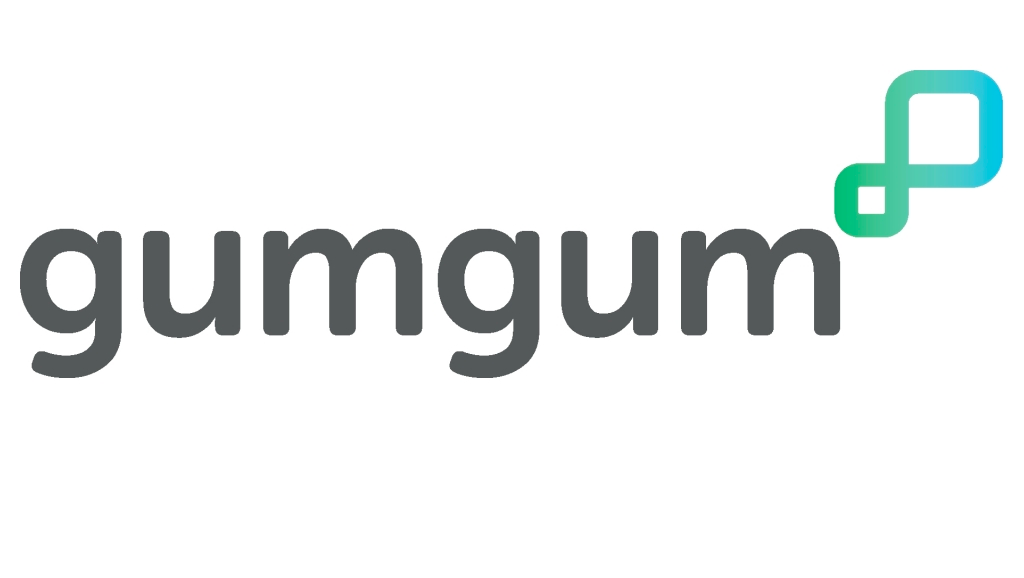Study: 41% of Ad Placements Miss the Mark Without Creative Alignment, According to GumGum
by on 22nd Jul 2025 in News

GumGum, the contextual-first technology leader transforming digital advertising, has uncovered a critical gap in campaign effectiveness: 41% of contextual ad placements fail to capture attention when creative relevance is ignored. This finding emerged through GumGum’s enhanced Mindset Graph and underscores a growing industry challenge: serving the right message in the right environment, not just to the right audience.
The Mindset Graph is designed to address this gap by aligning context, attention, and creative signals within a single planning framework. Advertisers can now input a target audience (e.g., females aged 25–44), a brand vertical (e.g., apparel), and a creative theme (e.g., athleisure) to receive high-impact, contextual recommendations, where message and mindset align.
Early adopters, including The Heineken Company, PHD, and Havas, are already seeing results. In a recent campaign for Heineken’s cider brand, Old Mout, the Mindset Graph helped uncover high-performing contextual environments that elevated brand impact across the full funnel. The brand saw a significant +17-point uplift in awareness, with mental availability jumping +23 points among females. Brand consideration also rose above benchmarks, with a +19-point increase among women aged 18–44.
“We briefed GumGum on a range of audience personas aligned to the Heineken brand portfolio,” said Dan Glynn, Media Buying Lead at The Heineken Company. “Using the Mindset Graph, they identified how different contexts resonated with each persona to varying degrees — for example, there was a strong link between Old Mout Cider and Travel and Attractions content. Even though travel was not a category mentioned in our brief, this insight unlocked a new context match we hadn't considered, allowing us to drive greater consumer interest and attention.”
Other partners report similar benefits:
“GumGum’s Mindset Graph has helped surface affinities that will help inform future activation—like discovering that the audience for one of our FMCG clients was over-indexing in PC Gaming and Travel,” said Chris Appleton, PHD Media UK, Head of Programmatic+. “The benefit of unlocking these insights will allow us to meet consumers in unexpected, high-engagement arenas.”
“The Mindset Graph has been especially useful on the creative side. Many of our clients can’t make mid-flight creative changes—it’s just not feasible,” said Jacob Kiernan, Programmatic Account Director, Havas Media Group UK. “But using this tool during planning lets us be more proactive. We can launch with more relevant creative, matched to the audience’s mindset, which ultimately helps capture more attention.”
More than 15 brand and agency partners, including OMD, GroupM, and Mindshare, are currently testing the Mindset Graph’s latest features. By continuously ingesting real-time cultural signals—from breaking news to trending conversations—the platform keeps campaign planning culturally aligned and attention—ready from start to finish.
“With the enhancements to the Mindset Graph, media and creative are no longer siloed,” said Kerel Cooper, Chief Marketing Officer at GumGum. “We’re not just helping brands find where their audience is—we’re showing them what message to deliver in those moments to truly drive impact.”
As GumGum continues to lead in mindset-based advertising, it is redefining how brands connect: capturing attention, creating resonance, and delivering measurable outcomes.
Methodology
GumGum’s data team analysed thousands of contextual targeting strategies where audience index scores exceeded 100. When an additional filter was applied, requiring placements to also deliver above-average Attention Index (IX) scores, only 59% remained effective. In short, 41% of audience-aligned placements lacked the creative relevance needed to capture attention.
AttentionAudienceBrandsDigital MarketingResearch









Follow ExchangeWire